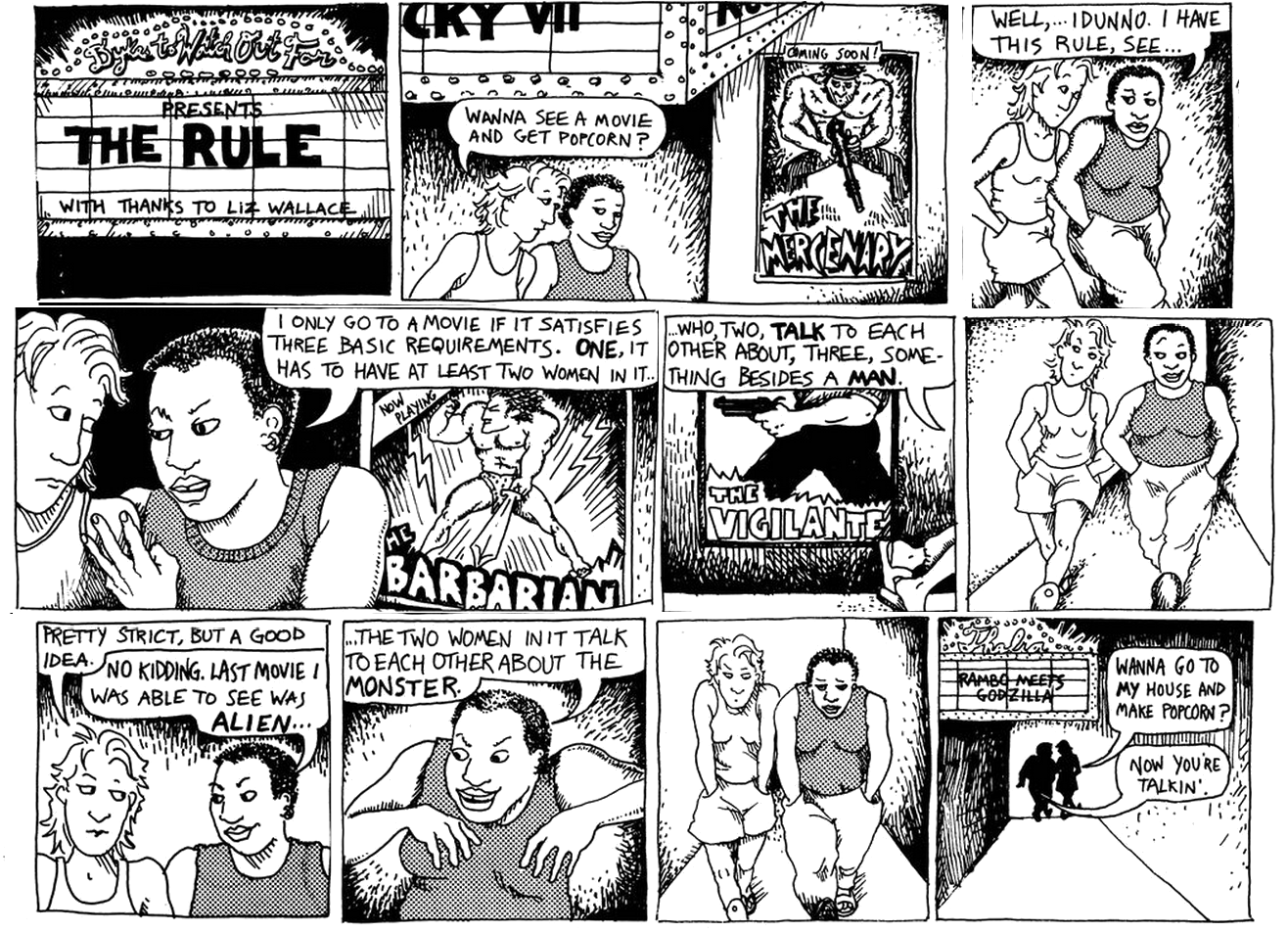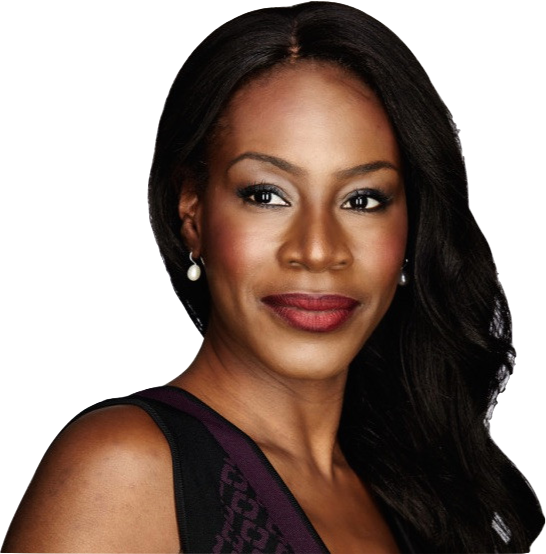What is the Bechdel Test?
The Bechdel Test (also known as the Bechdel Rule or Mo Movie Measure) is a simple assessment used to indicate the active presence of women in Hollywood films and measure their dynamic character profile. It was originally coined by Alison Bechdel in the comic strip Dykes to Watch Out For in 1985. Through three rules, it forms a relatively simple baseline for female representation in film:
- There must be at least two women,
- Who talk to each other,
- About something other than a man.
Easy enough, right?





